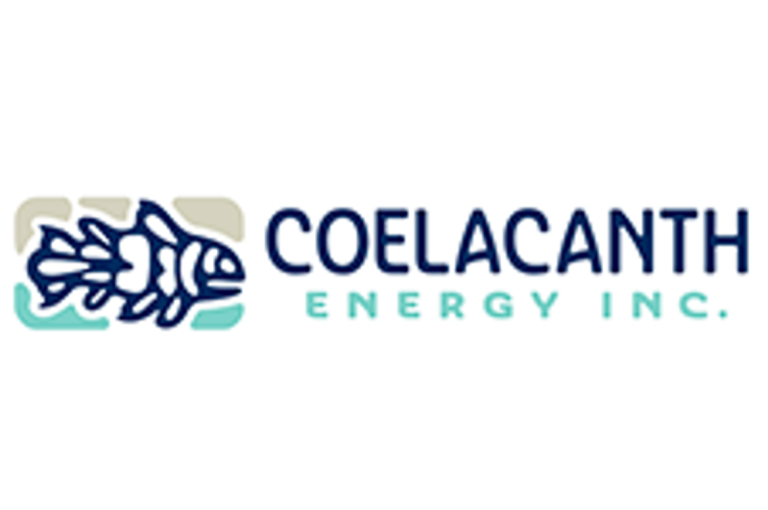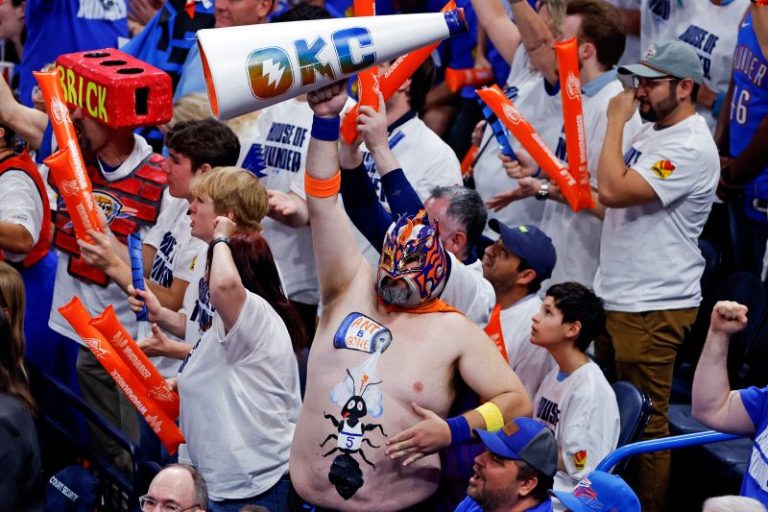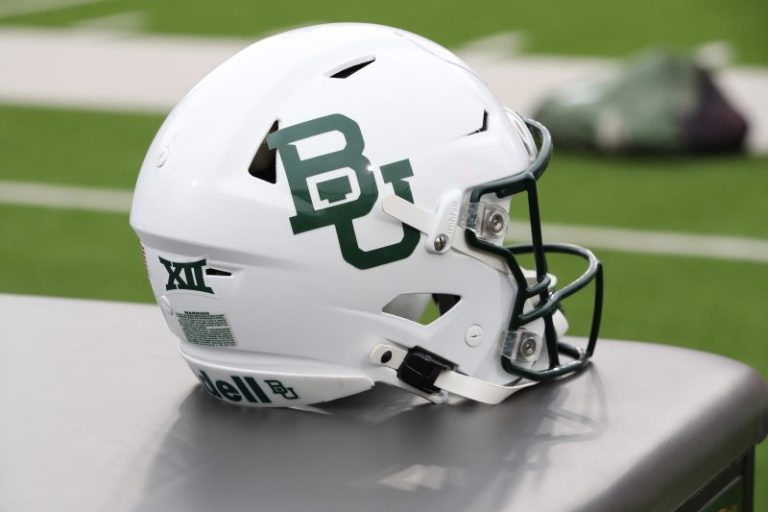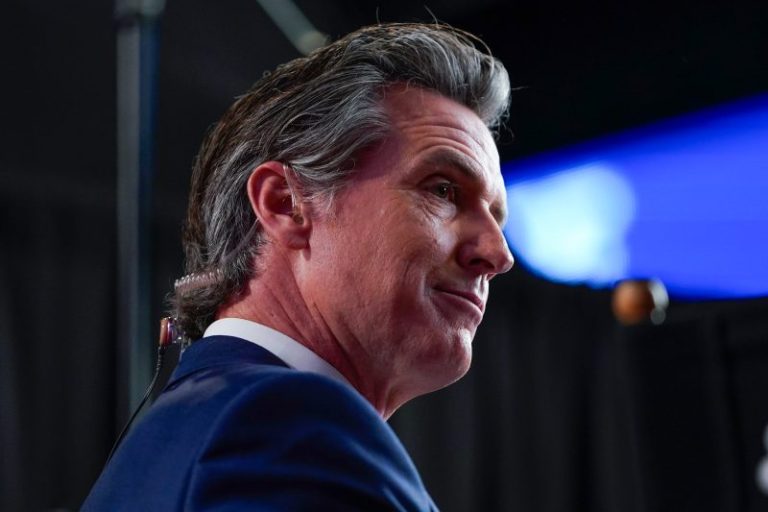Four victories. That’s what the Oklahoma City Thunder need to win the franchise’s first championship since 1979 when they were the Seattle SuperSonics.
The Thunder reached the NBA Finals for the first time since 2012, beating the Minnesota Timberwolves 124-94 Wednesday in Game 5 of the Western Conference finals.
Game 1 of the NBA Finals is Thursday, June 5, in Oklahoma City (8:30 p.m. ET, ABC), and the Thunder will play the winner of the Indiana-New York series.
Oklahoma City dominated from start to finish, jumping to a 26-9 first-quarter lead and never letting up until the outcome was guaranteed. The Thunder led by as many as 39 points, and it was never a competitive game on the scoreboard.
Shop OKC Thunder NBA Finals tickets
NBA MVP Shai Gilgeous-Alexander got it started with a hand in the Thunder’s first 11 points, assisting on four made field goals and making the other one, and he assisted on or scored 24 of their 26 first-quarter points.
He finished with a game-high 34 points, eight assists, seven rebounds and two steals – marking his seventh game with at least 30 points in the past eight games. Chet Holmgren had 22 points, seven rebounds and three blocks, and All-NBA forward Jalen Williams generated 19 points, eight rebounds, five assists, one block and one steal.
Oklahoma City’s league-best defense stumped Minnesota again, holding the Timberwolves to 41.2% shooting.
The Timberwolves exit the conference finals for the second consecutive season, and while deep playoff runs are the sign of a quality team, the Timberwolves aren’t yet Finals material. They didn’t have the personnel – even after trading Karl-Anthony Towns to New York for Julius Randle – to stay with the Thunder. Turnovers were a problem throughout the series.
Randle scored a team-high 24 points, and All-NBA star Anthony Edwards had 19 points.
Opinion: Sorry Pacers, Knicks. Thunder are your NBA champions
The Oklahoma City Thunder are your 2025 NBA champions.
Well, not officially.
Officially, they are just the 2025 Western Conference champs after eliminating the Minnesota Timberwolves in a five-game conference finals.
But you know where this is headed. The Thunder were the best team during the NBA’s regular season. They won the Western Conference in dominating fashion. Game 5 was a demolition – a 124-94 Thunder victory that left no doubt.
Read Jeff Zillgitt’s column here.
Timberwolves vs. Thunder Game 5: Highlights
Final: Thunder 124, Timberwolves 94
Oklahoma City dominated from start to finish, jumping to a 26-9 first-quarter lead and never letting up until the outcome was guaranteed. The Thunder led by as many as 39 points, and it was never a competitive game on the scoreboard.
End of 3Q: Thunder 88, Timberwolves 62
The Timberwolves outscored the Thunder 30-23 in the third period, but Oklahoma holds a comfortable lead.
Shai Gilgeous-Alexander leads the Thunder with 28 points, shooting 12-of-23 from the field. He also has seven assists, six rebounds and two steals in 31 minutes of play.
Julius Randle added 13 of his 21 points in the quarter for the Timberwolves. He didn’t miss a shot in the period. Anthony Edwards scored 19 points through the first three quarters. He’s shot 7-of-17 from the field and has struggled from the 3-point line, going 1-for-7.
Halftime: Thunder 65, Timberwolves 32
The Thunder need just two more quarters of solid basketball, and they will be headed for the NBA Finals for the first time since 2012.
Oklahoma City did not mess around in the first half, sending a message early and taking a 65-32 lead into halftime against the Timberwolves.
NBA MVP Shai Gilgeous-Alexander has 20 points, five assists, four rebounds and one steal. Chet Holmgren has 15 points for the Thunder, who shot 50% in the first half. Jalen Williams has 15 points and six rebounds, and Alex Caruso added eight points and three steals in 13 minutes.
Turnovers are once again a problem for Minesota, which committed 14 leading to 14 Thunder points. Anthony Edwards has a team-high nine points on 3-for-10 shooting for the Timberwolves (31.6% from the field, 27.8% on 3-pointers).
Thunder pouring it on
Another Thunder scoring spurt and another Timberwolves timeout. Minnesota called a timeout after Jalen Williams’ layup gave the Thunder a 36-14 lead with 9:04 left in the second quarter.
Oklahoma City is 14-for-27 from the field, and Minnesota is 5-for-23, including 2-for-10 on 3-pointers – and Anthony Edwards and Julius Randle are the only Minnesota starters who have scored.
1Q: Thunder 26, Timberwolves 9
The Thunder produced a dominant performance in the opening quarter, limiting the Timberwolves’ offense to just nine points. It was the fewest points the Timberwolves had scored in any quarter this season.
Anthony Edwards scored six points and Julius Randle scored three points in the first quarter for the Timberwolves. Jaden McDaniels went 0-for-6 from the field and 0-for-3 from the 3-point line.
Mike Conley was optimistic about the Timberwolves’ outlook for the final three quarters of play when talking with ESPN.
“It’s all heart right now. … That’s all we are preaching right now to try and get back into this game,” Conley said.
Shai Gilgeous-Alexander continues to meet the standard as the regular season MVP, leading the game with 12 points, five assists and three rebounds for the Thunder. Chet Holmgren added seven points.
Thunder off to fast start
The Thunder have an 11-3 lead with 7:11 remaining in the first quarter, forcing Timberwolves coach Chris Finch to call a timeout after Chet Holmgren’s second dunk of the game. Holmgren has seven quick points, and Shai Gilgeous-Alexander is responsible for all 11 points. He has assisted on four of the Thunder’s five made field goals and made the other shot.
What time is Timberwolves vs. Thunder?
Game 5 of the Western Conference finals between the Minnesota Timberwolves and Oklahoma City Thunder will tip at 8:30 p.m. ET on Wednesday at Paycom Center in Oklahoma City.
What channel is the NBA game on tonight? How to watch NBA playoffs
The Thunder take on the Timberwolves at 8:30 p.m. ET with coverage on ESPN.
Timberwolves vs. Thunder predictions: Expert picks for Game 5
USA TODAY: Thunder is the unanimous pick
- Scooby Axson: Thunder 121, Timberwolves 114
- Jordan Mendoza: Thunder 116, Timberwolves 104
- Lorenzo Reyes: Thunder 124, Timberwolves 97
- Heather Tucker: Thunder 112, Wolves 90
- Jeff Zillgitt: Thunder 119, Timberwolves 104
Fox Sports: Thunder 118, Timberwolves 107
Fox Sports expects the Thunder to not only win but cover the -8.5 spread in Wednesday’s Game 5. They point at Oklahoma City’s 83.3% win rate as the favorites this season as a big reason they are riding with the Thunder.
Dimers: Thunder 114, Timberwolves 106
The Thunder are expected to win the series against the Timberwolves according to Dimers. Their model gives the Thunder a staggering 76% chance to win Wednesday night, leaving the Timberwolves just a 24% chance of extending the series.
Timberwolves vs. Thunder odds, lines:
The Thunder are favored to beat the Timberwolves in Game 5, according to BetMGM. Here is a look at the latest spread, moneyline and points total for the contest:
All odds as of Wednesday, May 28.
- Spread: Thunder (-8.5)
- Moneyline: Thunder (-375); Timberwolves (+290)
- Over/under: 221.5
Where to watch Timberwolves vs. Thunder Game 5: TV, stream
- Time: 8:30 p.m. ET
- Location: Paycom Center in Oklahoma City
- TV: ESPN
- Stream: ESPN+, Fubo
Watch Timberwolves vs. Thunder Game 5 on Fubo
Minnesota Timberwolves Game 5 starting lineup
- Jaden McDaniels
- Julius Randle
- Rudy Gobert
- Anthony Edwards
- Mike Conley
Oklahoma City Thunder Game 5 starting lineup
- Jalen Williams
- Chet Holmgren
- Isaiah Hartenstein
- Lu Dort
- Shai Gilgeous-Alexander
Timberwolves star duo must step up
Anthony Edwards and Julius Randall were limited to just a combined 21 points in the Game 4 loss to the Thunder. The Timberwolves managed to get the best of the Thunder of in Game 3 after the duo combined for 54 points.
Timberwolves face difficult scenario
The odds are against the Timberwolves who trail 3-1 in the West finals. Just 13 teams have come back from a 3-1 deficit to win a series. Denver was the last team to do it, eliminating two 3-1 deficits in the 2020 bubble playoffs. The last team to do it in a normal season is Cleveland in the 2016 NBA Finals against Golden State.
“I don’t sense any panic in the group,’ Timberwolves coach Chris Finch said before Game 5. ‘A lot of positivity, a lot of connectivity, a lot of belief.’
Thunder keeping focus on Game 5
The Thunder are one victory from reaching the NBA Finals. But OKC coach Mark Daigneault isn’t concerned about that.
“It’s a distraction,” Daigneault said about two hours before tip-off. “It’s obviously something positive, but it’s a distraction nonetheless because it’s something that can take us out of the present moment, the next possession, the next game and that’s how you stack up to whatever you want to accomplish. That’s what we have to do tonight. This team’s done a great job of growing through those types of experiences and staying present in those types of circumstances. Tonight’s a new challenge, and that’s what we have to do if we want to win the game.”
Where is Timberwolves-Thunder Game 5?
- The Thunder will host the Timberwolves from Paycom Center in Oklahoma City for Game 5 of the Western Conference finals.
NBA championship odds
BetMGM odds forNBA Finals winner as of Wednesday, May 28:
- 1. Oklahoma City Thunder (-425)
- 2. Indiana Pacers (+450)
- 3. New York Knicks (+3000)
- 4. Minnesota Timberwolves (+5000)
When are the 2025 NBA Finals? Schedule
*-if necessary
- Game 1, June 5: 8:30 p.m. ET, ABC
- Game 2, June 8: TBD, ABC
- Game 3, June 11: TBD, ABC
- Game 4, June 13: TBD, ABC
- Game 5, June 16: TBD, ABC*
- Game 6, June 19: TBD, ABC*
- Game 7, June 22: TBD, ABC*
NBA conference finals bracket
Eastern Conference finals
- No. 3 New York Knicks vs. No. 4 Indiana Pacers (Indiana leads series 3-1)
Western Conference finals
- No. 1 Oklahoma City Thunder vs. No. 6 Minnesota Timberwolves (OKC leads series 3-1)
NBA conference finals schedule
New York Knicks vs. Indiana Pacers (Pacers lead series 3-1)
- Game 1: Pacers 138, Knicks 135
- Game 2: Pacers 114, Knicks 109
- Game 3: Knicks 106, Pacers 100
- Game 4: Pacers 130, Knicks 121
- Game 5, May 29: Pacers at Knicks | TNT, Sling TV | 8 p.m.
- Game 6, May 31: Knicks at Pacers | TNT, Sling TV | 8 p.m.*
- Game 7, June 2: Pacers at Knicks | TNT, Sling TV | 8 p.m.*
Oklahoma City Thunder vs. Minnesota Timberwolves (Thunder win series 4-1)
- Game 1: Thunder 114, Timberwolves 88
- Game 2: Thunder 118, Timberwolves 103
- Game 3: Timberwolves 143, Thunder 101
- Game 4: Thunder 128, Timberwolves 126
- Game 5: Thunder 124, Timberwolves 94
NBA’s new era of parity
If the impending NBA Finals matchup of the league’s 23rd and 27th-ranked media markets is supposed to spell doom for the league, it is a doom the NBA’s owners intentionally brought on themselves.
While two glitz-free Midwestern cities in the Finals might not have the celebrity pull the NBA has largely enjoyed through its historically successful franchises, it was an inevitable outcome once the league designed a collective bargaining agreement that dismantled its traditional cycle of superteams and dynasties.
Welcome to the new NBA, where championship windows are smaller, the life cycle of a roster is shorter and the number of teams that can win a title in any given year is beyond anything we’ve seen in our lifetimes. — Dan Wolken
Timberwolves’ Anthony Edwards in Game 4
Edwards had 16 points on 5-for-13 shooting and was just 1-for-7 on 3s. That’s not enough – the Timberwolves need more shooting and scoring from Edwards. It’s the second time Edwards, who averaged 27.6 points during the regular season, has scored fewer than 20 points in this series.
Oklahoma City executed another strong defensive gameplan, keeping Edwards from dominating.
Jalen Williams shines before Game 5
Williams surpassed his previous playoff high (32 points against Denver in overtime earlier this month) with 34 points – 14 coming in the fourth quarter when the Thunder needed his offense to hold off a Minnesota rally. He was 13-for-24 from the field and 6-for-9 on 3-pointers, including a key 3 with 3:34 left in the fourth quarter that pushed OKC’s lead to 116-109 and another with 1:21 to play that gave the Thunder a 123-116 lead. He also had five assists, three rebounds and three steals.
Find out more about Thunder-Timberwolves winners and losers with Jeff Zillgitt’s breakdown of Game 4.
Anthony Edwards pushes back against struggle narrative
After going just 1-of-7 Monday night, Edwards is 5-of-24 (20.8%) across the three Timberwolves series losses.
It’s difficult to see the Timberwolves becoming the 14th team in NBA playoff history to overcome a 3-1 deficit without Edwards drastically improving his 3-point efficiency.
Minnesota must also fix its turnovers issue, after committing 23 Monday night, five by Edwards.
“I don’t look at it like I struggled,” Edwards told reporters after the game. “They had a good game plan, making us get off the ball — especially for me, man, they was super in gaps. I made the right play all night. So I don’t look at it like I struggled. I didn’t get enough shots to say I struggled. That might be how you guys look at it, but, yeah, I didn’t struggle at all, I made the right play.” More from Lorenzo Reyes on Anthony Edwards in Game 4.
NBA star Russell Westbrook expands role in giving back to Oklahoma City
Westbrook, despite leaving in 2019 to join the Houston Rockets in a trade, continues to shape the future of Oklahoma City. His partnership with Echo, a multi-strategy investment firm, helps to continue to grow the city’s sports and entertainment investments, particularly its future professional soccer team’s stadium. He has also taken on an expanded role as the creative director for the stadium district. — Elizabeth Flores
2025 All-NBA team
Oklahoma City Thunder guard and league Most Valuable Player Shai Gilgeous-Alexander and Denver Nuggets center Nikola Jokic were unanimous selections from a panel of 100 global reporters and broadcasters who cover the NBA and voted on the squad. View the complete list.
NBA champions by year
Winners over the past 20 years. For a full list of champions, visit NBA.com.
- 2023-24 — Boston Celtics
- 2022-23 — Denver Nuggets
- 2021-22 — Golden State Warriors
- 2020-21 — Milwaukee Bucks
- 2019-20 — Los Angeles Lakers
- 2018-19 — Toronto Raptors
- 2017-18 — Golden State Warriors
- 2016-17 — Golden State Warriors
- 2015-16 — Cleveland Cavaliers
- 2014-15 — Golden State Warriors
- 2013-14 — San Antonio Spurs
- 2012-13 — Miami Heat
- 2011-12 — Miami Heat
- 2010-11 — Dallas Mavericks
- 2009-10 — Los Angeles Lakers
- 2008-09 — Los Angeles Lakers
- 2007-08 — Boston Celtics
- 2006-07 — San Antonio Spurs
- 2005-06 — Miami Heat
- 2004-05 — San Antonio Spurs
This post appeared first on USA TODAY










